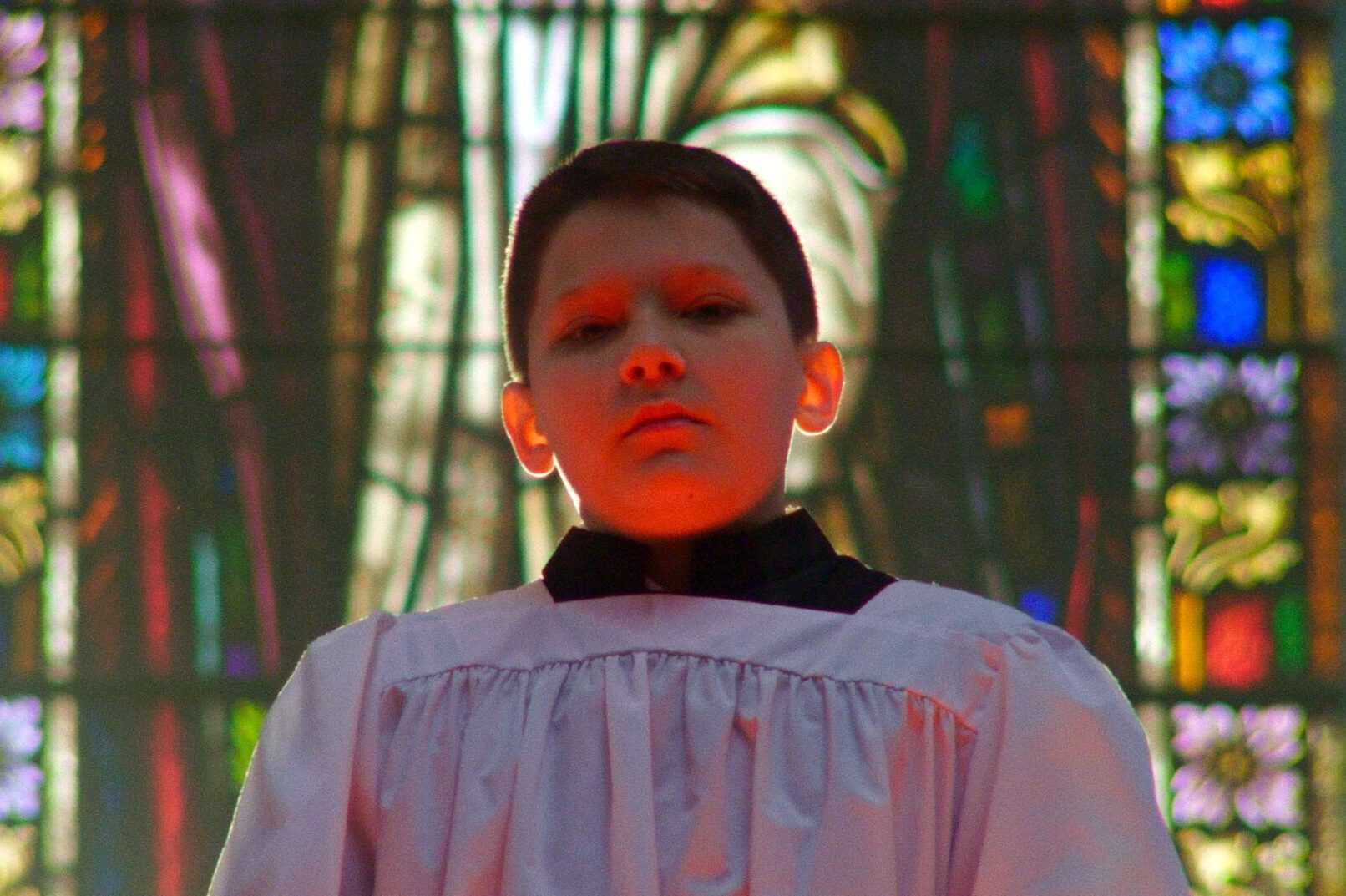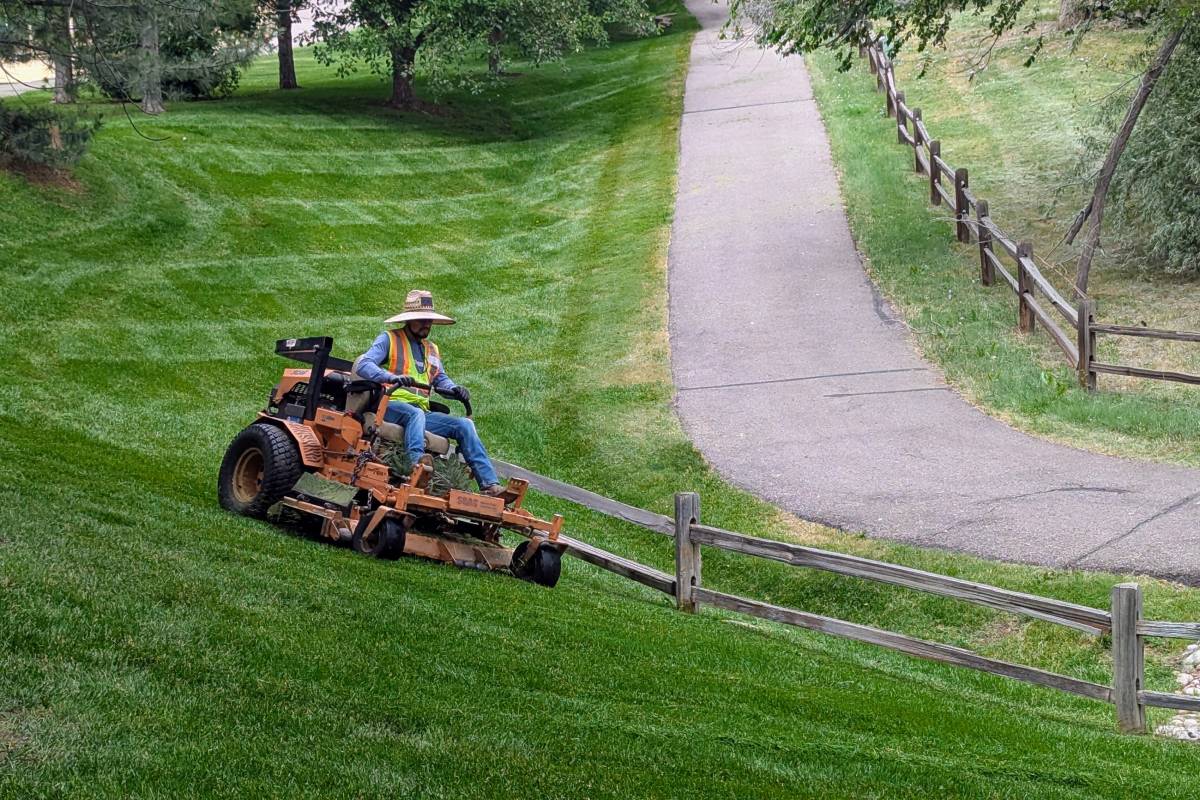
Update: Netflix acquired Robert Greene's film "Procession" and announced it will be released in the fall.
Robert Greene’s nonfiction movies are studies of processes and re-examinations of the past.
They ask how does one prepare to tell a story? Which stories are we choosing to tell? How do we depict stories that are uncomfortable or emotional? In his movie “Kate Plays Christine,” Greene documented the process of actress Kate Lyn Sheil as she was preparing to portray Florida reporter Christine Chubbuck on the day she killed herself on air, capturing the uncomfortable questions and doubts about whether or not they should even tell that story.
His previous film, “Bisbee ‘17,” looked at a Southwestern town commemorating the 100th anniversary of an illegal deportation and the scars left behind on the local families still living there. Part of the town’s event was a re-enactment of that fateful event, an idea that led Greene to think about the premise for his latest movie, “Procession,” which premiered last week at the Telluride Film Festival.
For Greene, the premiere of “Procession” at the festival also felt like a homecoming. “I was a student in 1999 at the Telluride Film Festival students symposium,” he said. “This is a dream come true that I never even expected. It's one of those dreams that you don't dare to dream. It’s how I met David Lynch and I met Werner Herzog here and all these people that are heroes. I wouldn't even aspire to share the same space. Walking in the room at the opera house, it was just like, ‘I can't believe we're here.’”
In Greene’s new documentary, six men who survived sexual abuse at the hands of Catholic priests — Joe, Ed, Mike, Michael, Tom, and Dan — come together to work with a drama therapist to create a movie out of their shared trauma. As a group, they created scenes that haunted them, exacting control over their fears in ways they never had before. They inspired each other and supported one another through tears. They revisit sites of where the crimes took place as a part of location scouting, and in some sense, therapy. Greene’s camera captures their process from the beginning.
From the start, Greene knew he was going to be working with the men on the film, not over them in the traditional director and subject set up. Greene said he saw them as collaborators and credits them as such.
“Learning over the years from being a one-person band in a way, realizing that like the collaborative process is expansive, it means that we can do more powerful things,” Greene said. “In this case, collaborating with the participants themselves in a more powerful way, that's what I've been working towards for a really, really long time. This is like the next level of that.”
Greene said the concept for the film was to make something that was going to help.
“We sort of laid out this idea. We want to try to create these scenes. We don't know what they are,” he said. “Even in that first meeting, people started coming up with ideas right there: ‘Well, maybe I could do it like this, or maybe I could do this.’ We just ran with it.”
Part of the film’s collaborative process was that Greene had to be receptive to getting feedback from the men he worked with, including the way they were depicted on-screen.
“There's a scene early in the film where Ed says, ‘I don't want to be the weepy dude. Cut to the weepy guy in the corner, golf clap,’” Greene said. “It's such an important scene because that golf clap is you, the viewer. He doesn't want to be characterized in a way that is reductive and simplistic and victimizing. He doesn't want you, the viewer, to give them the polite golf clap, and how many documentaries have we seen where literally that's the goal?”
Greene said the goal of some documentary filmmakers is to create a victim and to “allow the viewer to feel really good about themselves by giving that golf clap.”
Greene said the moment with Ed was one of self-awareness that he loved.
“He is fearful about being seen, and he's indicting me and every filmmaker who tries to tell stories like this,” he said. “And he's indicting you, the audience, and it’s just such a funny, direct way to say, ‘Don't golf clap me.’”
But the Telluride premiere was also emotional for a different reason. “Five of the six guys were there, the boy who's in the film was here, the drama therapist was here. We have a very good posse at Telluride,” Greene said. “We were worried. Mike is angry [in the film] the whole time and then his scene takes place, and the whole room starts clapping in the middle of the scene. For him to be in the room while he gets to see that his scene worked for the audience. It gave me chills.”
Greene said that the film received a standing ovation at Telluride was affirming in more ways than one. “It's the opposite of being invisible. It's the opposite of being told that you can't share your story. It's the opposite of being told that you should be ashamed of what happened to you,” Greene said. “They stood up there, and it was minutes-long full applause, and they took it in. It was a moment I'll never forget.”









